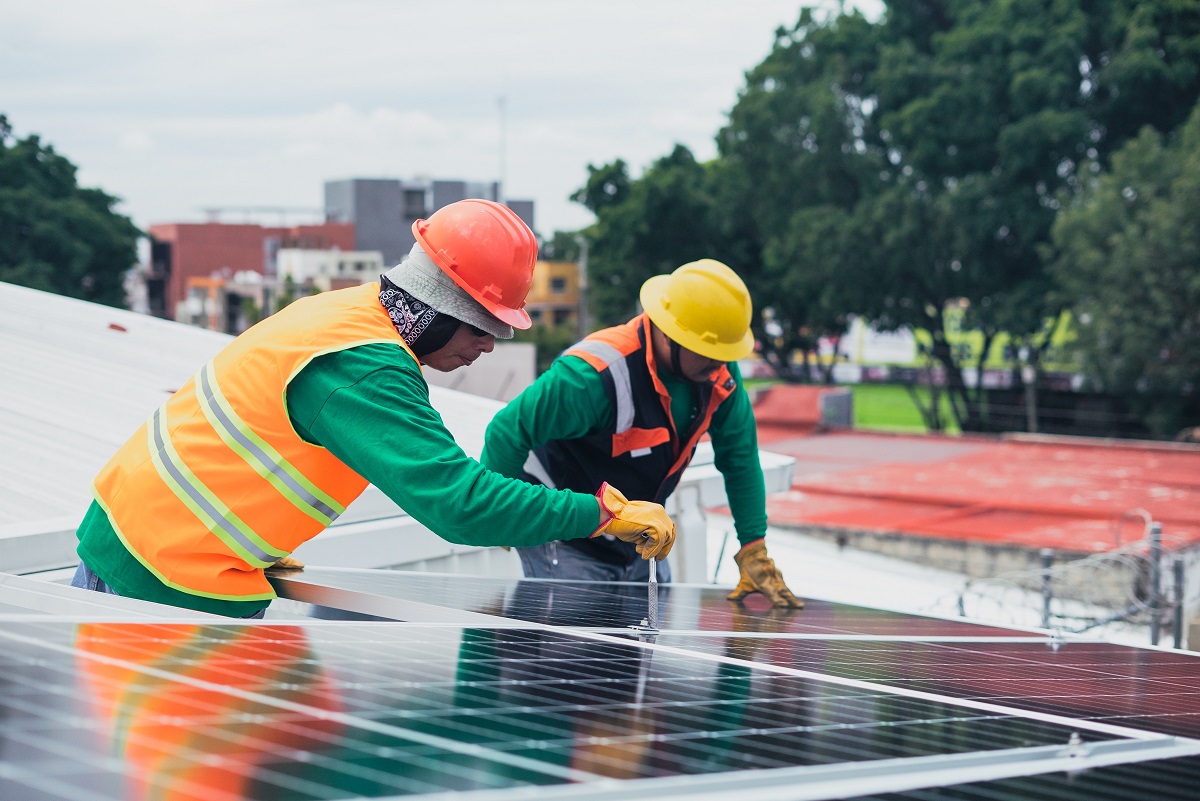While other states may have a bigger proportion of wind power in their electrical mix, the output of solar panels in California rivals that of Texas wind power in full sun. It is frequently the first state in the country to enact policies that propel the transition to renewable energy and electrification, and these policies are frequently emulated abroad. As a result, according to Christian Roselund from PV magazine, California has been a pioneer for a variety of sustainable energy technologies.
California has also been the first to face the transition’s obstacles. The state is well-known for its “duck curve,” in which solar floods the grid in the middle of the day, forcing other sources of electricity to ramp up swiftly in the evening to satisfy demand after the sun sets. Responses to these and other difficulties in California have taken a variety of forms, including an emphasis on demand response and more flexible use of imports and gas plants. It has also resulted in a large number of batteries.
California has long been the main market for both battery storage and “solar plus storage” systems in the United States. However, a review of the interconnection queue from California’s grid operator by PV Intel reveals that, in terms of large-scale projects, this change has progressed to the next step. California is on the verge of becoming a battery market that (sometimes) incorporates solar, rather than a solar market where batteries are being added.
This is not to say that all of the energy storage projects that will be constructed will be batteries. Notably, a 500 MW pumped hydroelectric project in California has an interconnection agreement and is slated to come online in 2028; California utilities’ long-term plans include 1 GW of “long-duration storage,” implying that this would be pumped hydro.
However, the capacities of pumped hydro and other innovative storage technologies envisaged are dwarfed by batteries, with lithium-ion dominating the market. Furthermore, as seen by a recent request by California’s community choice aggregators, lithium-ion batteries are being picked for long-term storage needs.

